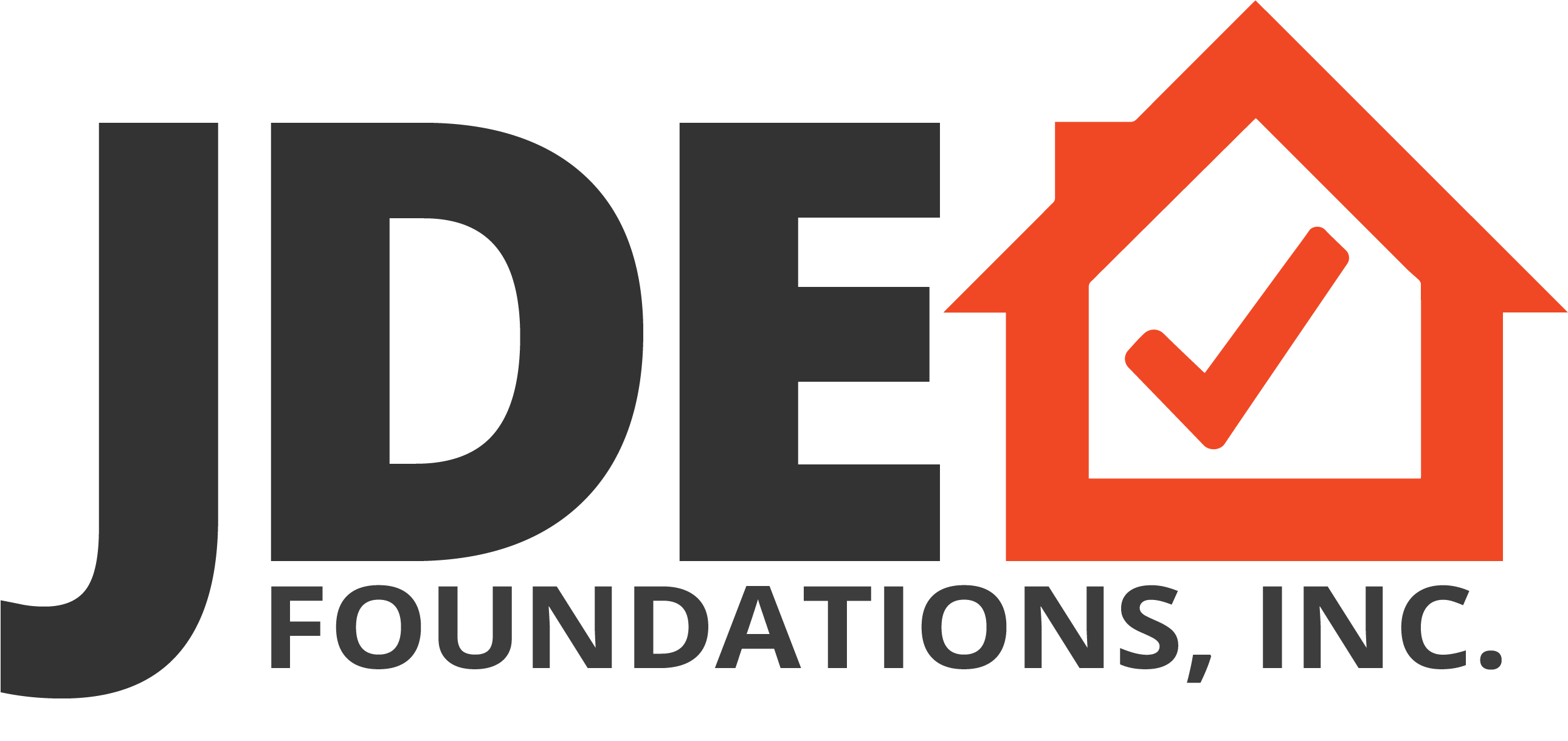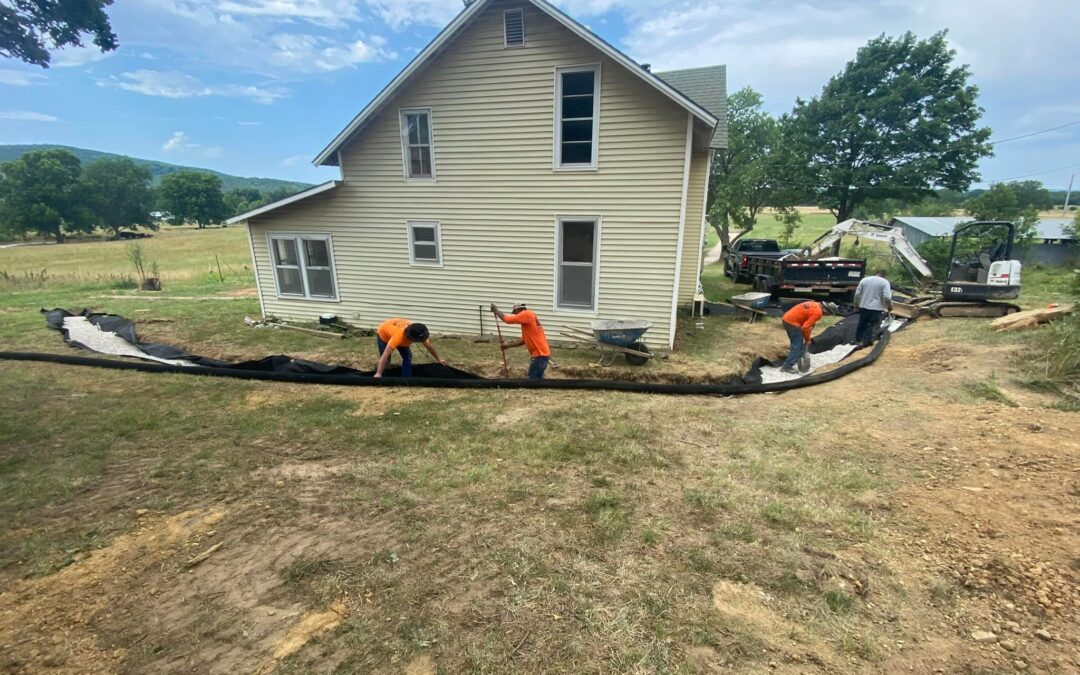You can quickly tell this with the name, A sewage system consists of pipes that carry sewage, rainwater, or other effluents to a point of disposal, either into a sewage system or into a septic tank. Its main purpose is to collect and remove sewage and remove sewage gases from the building.
Despite this being a known fact, there’s a huge ratio of people who confuse Drainage system with the waterproofing services. On the contrary, both these services are uniquely different.
And in this read, we’re going to cover all the questions about water drainage system ranging from what it actually is, how it works, and how many types of water drainage systems are there.
So, without further delays, let’s begin.
What Is Actually Meant By Water Drainage System?
While we thoroughly explained it earlier, you can take it this way.
In simpler words,
Drainage is the method of removing surface or sub-surface water from a given area. Basically, these drainage systems minimize the impact of flooding by safely carrying stormwater away from built-up areas into rivers and creeks.
Now that you know what is a drainage system, let’s move down to how it works.
How Does a Drainage System Work?
Fresh, clean water comes from the street or other water service, such as a well, and is piped to every plumbing fixture. Each device has a drain line that collects waste water and debris, which flows into the main drain system by gravity. All drain lines are connected to a ramp to help water flow spontaneously; The main sewer line goes to the public sewer line or the septic tank of the property.
The vent tube provides air pressure to help drain the water flow smoothly. Ventilation pipes are attached to the drain lines at each fitting and bulge through the ceiling. It is covered to keep out animals and rain, while still letting air in.
Traps in the waste pipe collect dirty water and shut off the pipes to keep sewage gases out of the building. There are two types of traps: S and P. S traps are generally used in toilets, while phosphorous traps are used in sinks, bathtubs and showers.
Now, What are the Basic Types of Residential Drainage Systems?
While there are many types of drainage systems that can be leveraged for residential properties, 4 of them are quite popular.
- Surface
- Subsurface
- Slope
- Downspout/Gutters
Now, let’s talk about them in brief.
1. Surface
Surface drainage systems remove excess water from the earth's surface through canals or ditches. In some cases, the ground surface is shaped or leveled to create a slope towards the channels.
The different types of surface drainage systems are open drains, hump and groove, dams, and grassy waterways. Cast-in-place trench drainage is an ideal example of a surface drainage system.
2. Subsurface
The subterranean drainage system is also known as the French drain. Underground drains are placed under the topsoil to remove excess water at root level.
Underground drains require digging deep trenches and installing underground pipes. A large drain manifold is installed to collect water from the pipes.
3. Slope
Sloping drains allow water to flow down from the structure with the help of pipes that run on a slope. A pipe is installed and installed on a small slope, which causes water to flow through the pipe and away from the structure.
4. Downspout/Gutters
Downspout and gutters systems are the structure's first defense against excessive saturation of stormwater.
It often drains into an aluminum extension, buried drain pipe, rain barrel, or other solution. The purpose is to carry water away and direct it to other drainage systems on the street or sidewalk. Sometimes they are even connected to an underground sewer line using drain channels or "sewage canals".
By understanding the types of drainage systems, you will notice that several types often work together to remove water and direct it to the appropriate location.
The faster the water is removed from the structure or the area where puddles may occur, the better. Drainage systems are an essential part of water conservation and conservation that people rarely think about.
Now you would have a clear idea of how many types of drainage systems are there that you can leverage for residential properties. What’s more important is to find the right service provider that can handle the job for you.
JDE foundation has maintained its position as one of the leading companies in the domain of waterproofing and drainage systems.
Get in touch with us today and get a free quote for your Water Drainage services.


Recent Comments